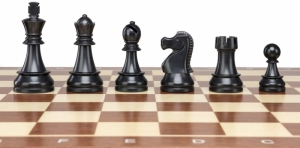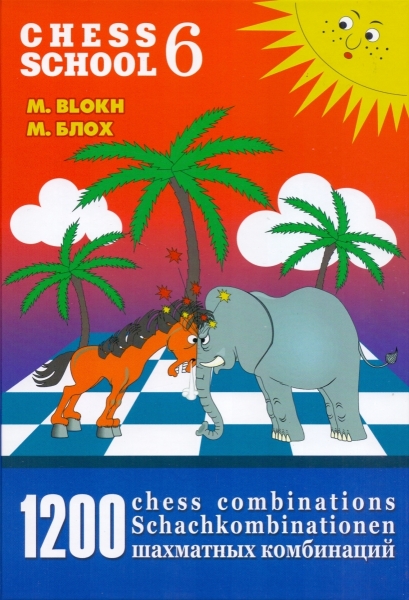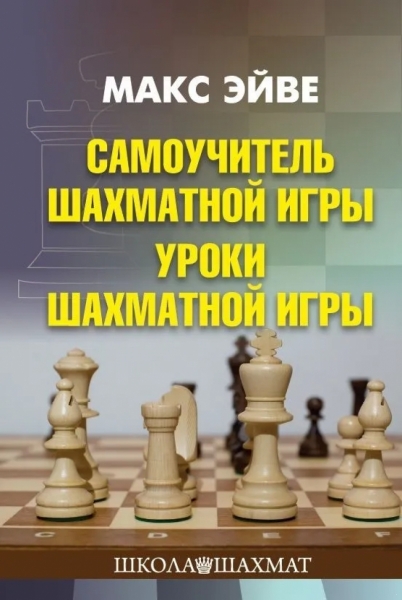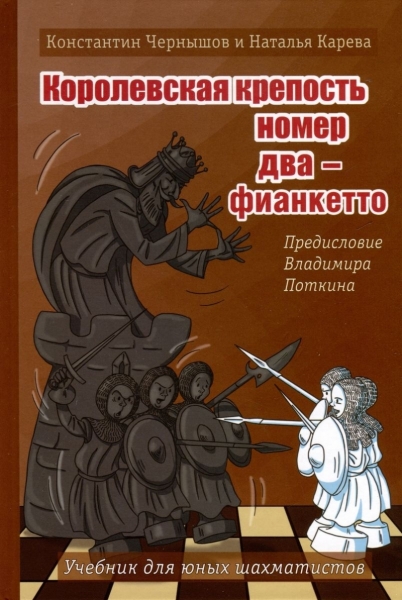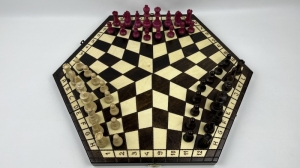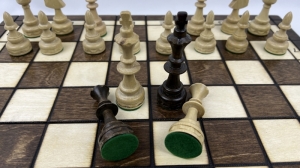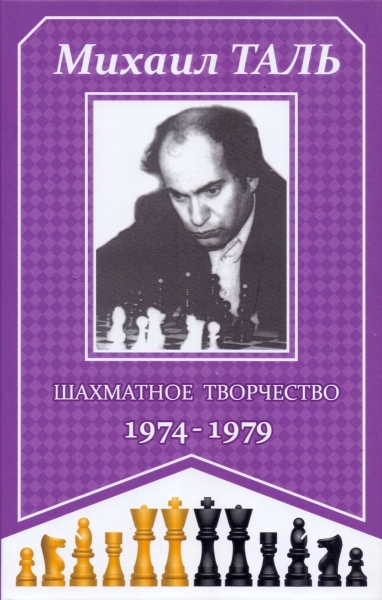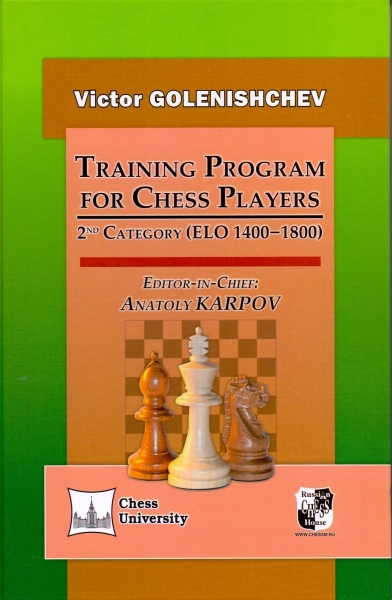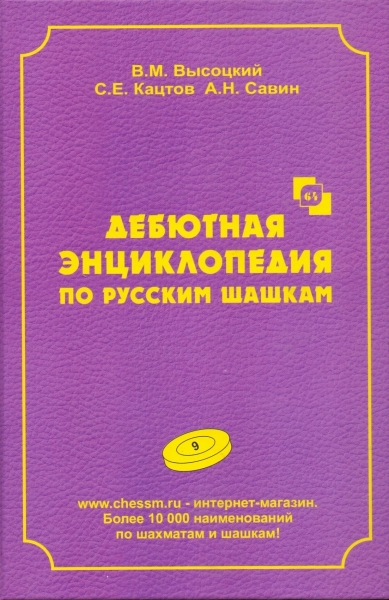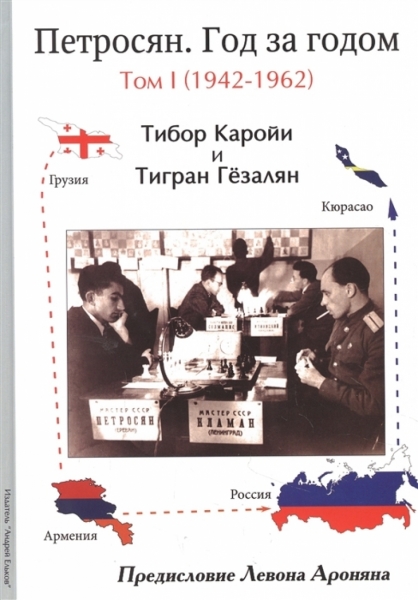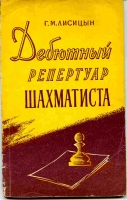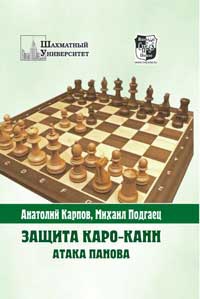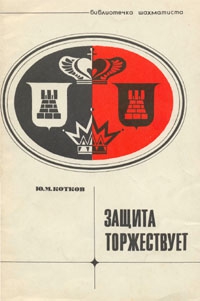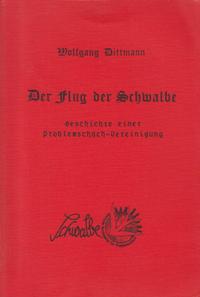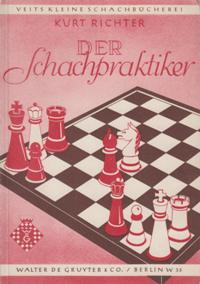Textbooks
-
28.97 $
A logical set of debuts for practical use. In the soft. region 1960.
-
-
-
22.41 $
The 2012 World Vice-Champion continues his story, begun in the best-selling books Positional Decision Making in Chess. ("Book of the Year" according to the English Chess Federation), "Dynamic Decision Making in Chess" and "Technical Decision Making in Chess." The new book discusses ways to make decisions in positions without minor pieces. The reader will get acquainted with rook and queen endings, as well as with what Romanovsky called the "fourth stage", that is, the late middlegame / early endgame, where only heavy pieces remain on the board. «Gelfand is very good– and very honest – explains what decisions he was able to calculate and what he had to make on the basis of general reasoning, and how he did it. This resulted in a book of the type that I love. A chess player of any strength can find a lot of useful things here. (Grandmaster Matthew Sadler, reviewer of novelties in chess literature in the magazine "New in Chess"). For a wide range of chess lovers.
-
5.18 $
In this small book (the first edition was published in 1934), relating to the classics of chess literature, the famous Austrian master and methodologist G. Kmokh reveals the role of defense in the chess game. Despite the fact that the book was published in the first third of the last century, he
-
17.27 $
For more than thirty years, the defense of Karo-Kann has served Anatoly Karpov faith and truth in the biggest competitions. But behind the successful debut finds of the multiple world champion is the painstaking work of his assistants. And among them - Mikhail Podgaets, perhaps the most authoritative specialist in the defense of Karo-Kann. Relying on Podgayt's research, Karpov - especially in the world championship match against Kama (1996) - has come close to unraveling the main mystery of Karo_kann's protection - the mystery of Panov's Attack. Having opened this book, you will pass - consistently, step by step - all the way through which Karpov and Podgaets walked. This was the path of great discoveries. And victories.
-
6.10 $
Most chess players love to attack, and defense is considered a sad necessity. The author of this book, the famous master and teacher Yuri Mikhailovich Kotkov, set himself the goal of showing that defense is also a fun undertaking, that it requires no less, and sometimes even more art than an attack. Having clearly systematized the material, the author avoided the edifying tone. He does not impose rules and conclusions, but simply offers the reader a number of interesting positions.
-
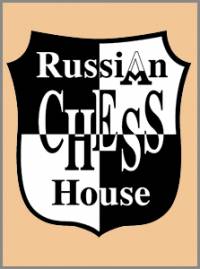 The life of a chess player in the system. Memories of the grandmaster
Author:
The life of a chess player in the system. Memories of the grandmaster
Author:
Averbah 45.00 $ -
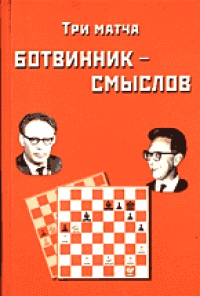 Три матча Ботвинник-Смыслов
Author:
Три матча Ботвинник-Смыслов
Author:
Botvinnik 45.00 $ -
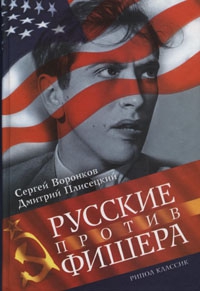 Russians vs Fisher
Author:
Russians vs Fisher
Author:
Voronkov 65.00 $ -
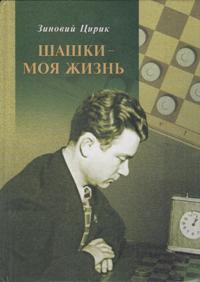 Checkers is my life
Author:
Checkers is my life
Author:
Ciric 87.50 $ -
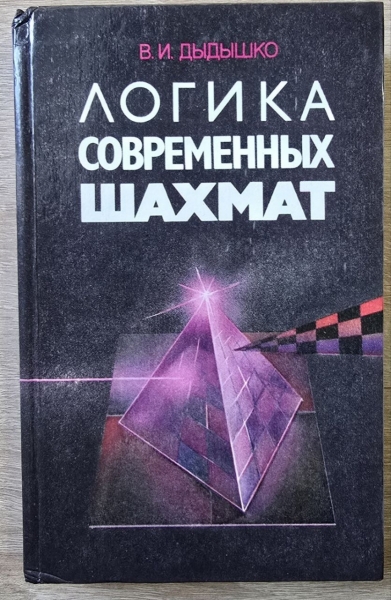 The logic of modern chess
Author:
The logic of modern chess
Author:
Dydyshko 72.50 $ -
 Siegbert Tarrasch. The Queen
Author:
Siegbert Tarrasch. The Queen
Author:
Tarrash 72.50 $ -
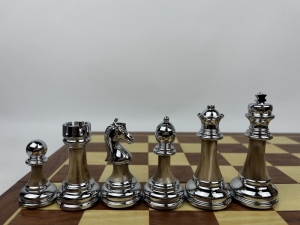 High quality acrylic metal heavy chess pieces with wooden board
202.50 $
High quality acrylic metal heavy chess pieces with wooden board
202.50 $
-
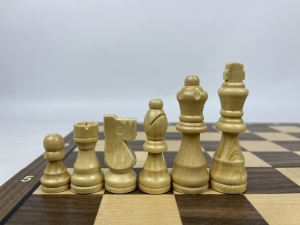 Wooden magnetic Staunton chess with a lock (silver)
56.25 $
Wooden magnetic Staunton chess with a lock (silver)
56.25 $
-
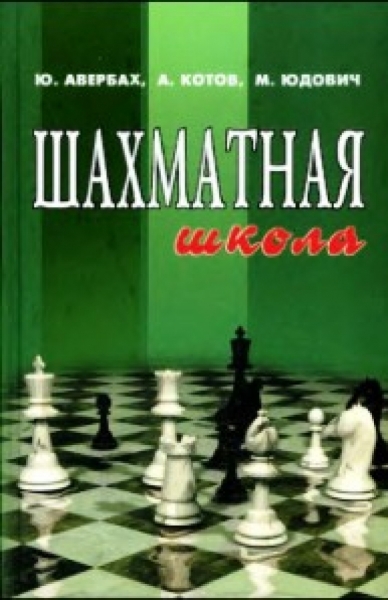 Chess school
Author:
Chess school
Author:
Averbah 15.00 $ -
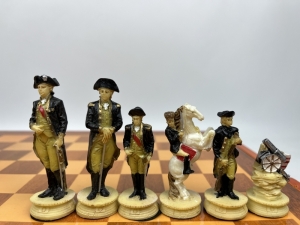 The chess set of The Chessmen. US war - Great Britain
325.00 $
The chess set of The Chessmen. US war - Great Britain
325.00 $
 Русский
Русский  Английский
Английский 